Dans le monde des PCB (Circuit imprimé) fabrication, le perçage est un processus crucial qui affecte directement la connectivité électrique et les performances de la carte. Avec l’avancée continue de la technologie, traditional mechanical drilling is gradually being replaced by a more precise and efficient technology—laser drilling. This article will take you on a deep dive into the mysteries of laser drilling, including its differences from mechanical drilling, common types, matching of PCB boards with laser drilling machines, common hole diameters, and four laser drilling processes.
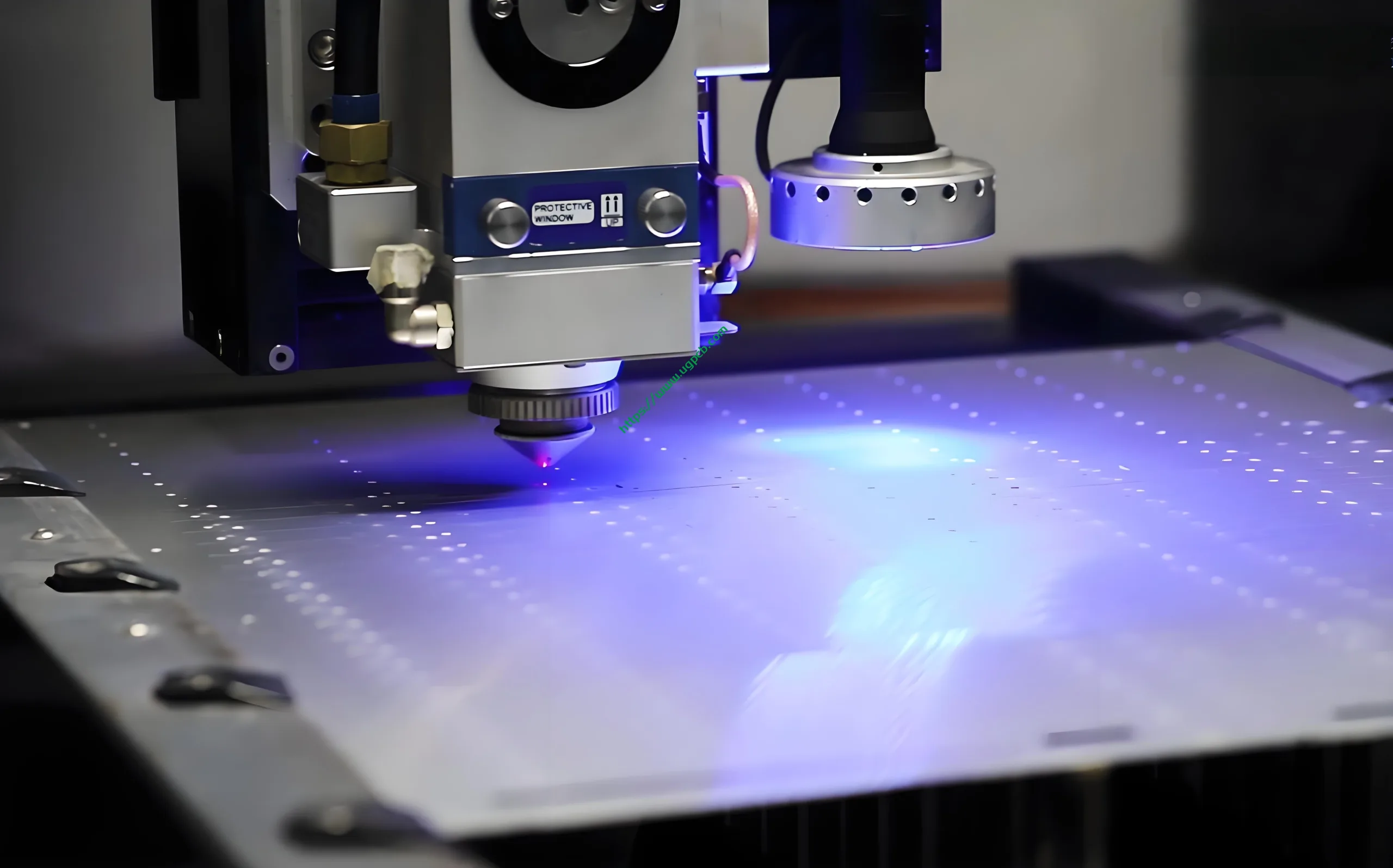
Forage au laser: Principles and Advantages
Forage laser, Comme son nom l'indique, utilizes the high energy and high focusing ability of a laser beam to drill holes at specified locations on a PCB board. This process does not require traditional mechanical drill bits; instead, the energy of the laser beam directly melts and vaporizes the material at the corresponding location, thereby forming holes. The core components of a laser drilling machine are the laser and the lens system. The laser generates a high-energy laser beam, while the lens system is responsible for precisely focusing the laser beam onto the specified location on the PCB board.
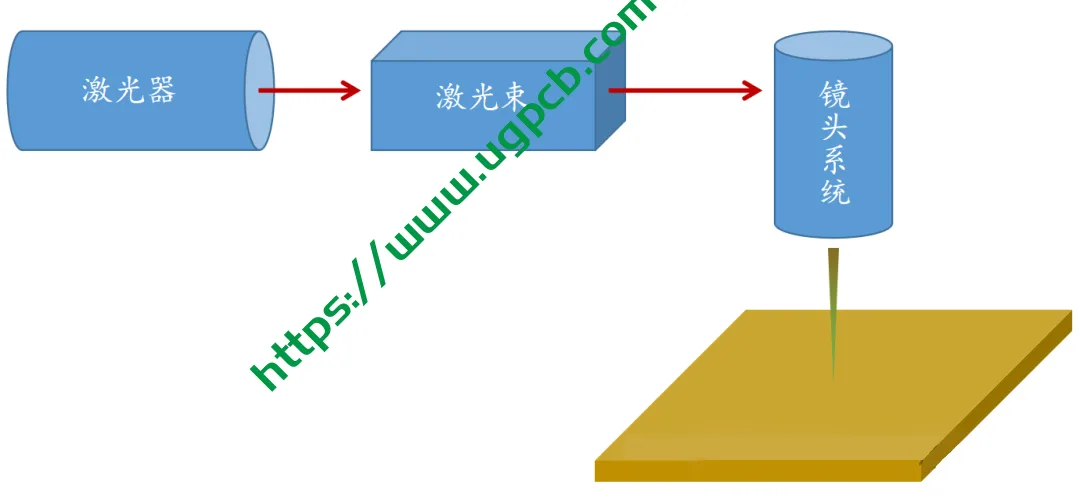
Compared to mechanical drilling, laser drilling offers significant advantages. Premièrement, in terms of hole diameter, laser drilling can typically achieve 0.15mm and below, with a depth usually not exceeding 0.127mm, while mechanical drilling is generally used for hole diameters above 0.15mm. This advantage makes laser drilling more competitive in the manufacturing of micro-holes. Deuxièmement, in terms of hole tolerance or machine precision, laser drilling achieves an accuracy of +/-15um, far exceeding the PTH (+/-50un) and NPTH (+/-25un) accuracy of mechanical drilling. Enfin, the production process of laser drilling is shorter, with overall higher efficiency and lower costs.
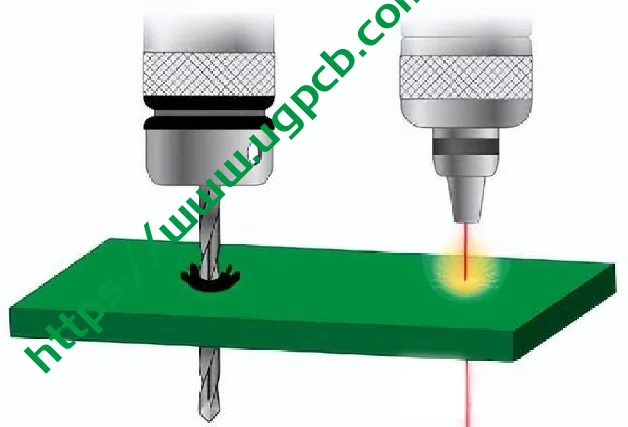
Common Types of Laser Drilling Machines
Laser drilling machines commonly used in the PCB industry can be classified into two types based on their light sources: UV nanosecond laser drilling machines with a wavelength of 355nm and CO2 laser drilling machines with a wavelength of 9400nm.
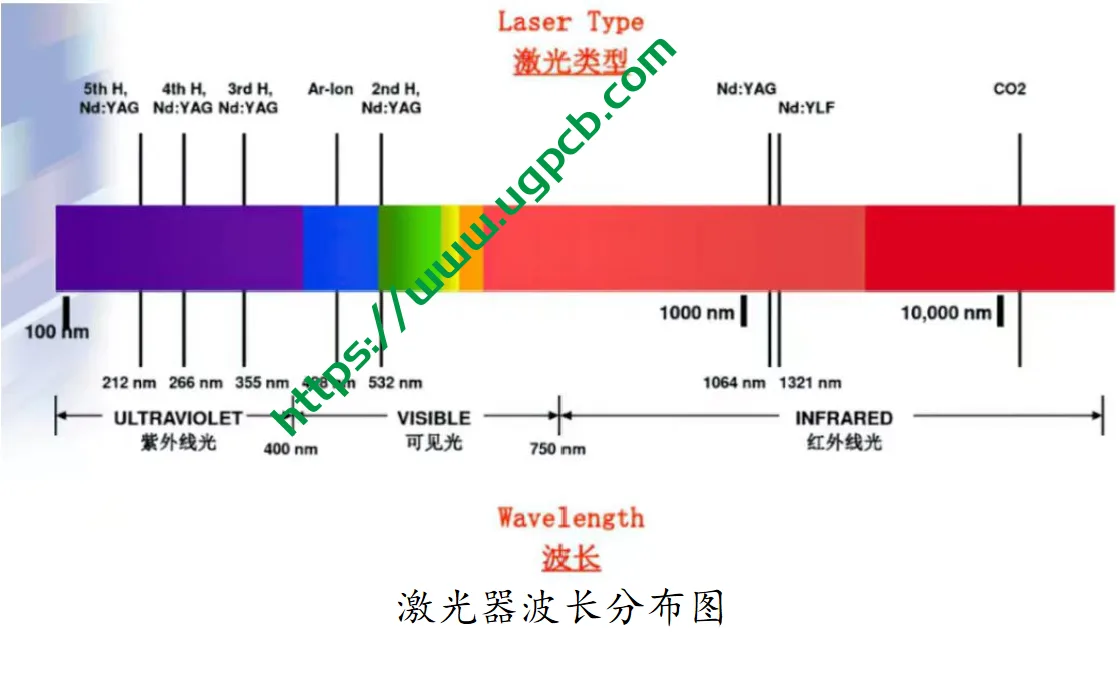
UV laser drilling machines utilize the high energy of photons from short-wavelength lasers, employing the principle of photochemical ablation to break the long molecular chains of organic materials, forming micro-holes. Their main characteristics include minimal carbide production, simple pre-treatment for hole copper plating, and the ability to directly remove copper foil without pre-treatment before drilling. D'autre part, CO2 laser drilling machines primarily use the principle of photothermal ablation, melting, vaporizing, and eventually evaporating the material through high-energy lasers to form micro-holes. Their main characteristic is fast drilling speeds, but the hole walls may have carbide residues, requiring pre-and post-treatment.
Matching PCB Board Types with Laser Drilling Machines
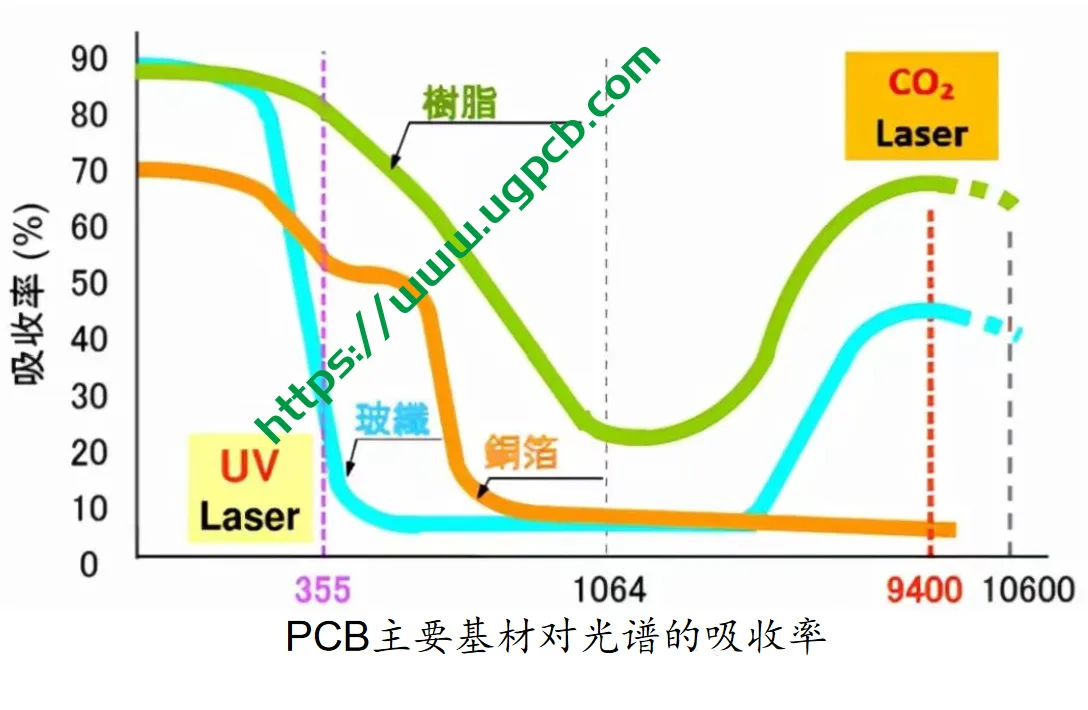
The base materials commonly used in PCB boards, such as copper foil, résine, and glass fiber, have significant differences in spectral absorbance for different wavelengths. Copper foil has a high absorbance for UV lasers but a low absorbance for CO2 lasers; resin has a high absorbance for both UV and CO2; and glass fiber has a higher absorbance for CO2 lasers. Donc, the choice of laser drilling machine wavelength mainly depends on the material type of the dielectric layer.
Based on PCB board types, the matching experience for laser drilling machines is as follows: soft boards are suitable for UV laser drilling machines; hard boards are more suitable for CO2 laser drilling machines; and for rigid-flex boards, UV or CO2 laser drilling machines can be selected based on actual conditions.
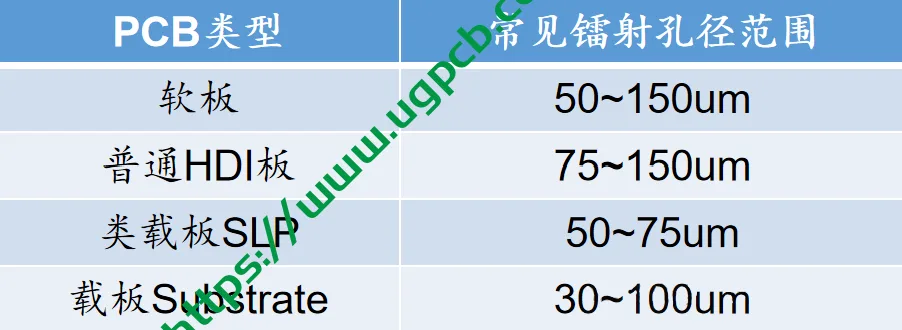
Common Laser Drilling Hole Diameters and Processes
Laser drilling processes are diverse, with LDD/DLD direct laser drilling, Conform Mask copper window opening, Large Window large window opening, and direct hole formation on the resin surface being four common processes.
LDD/DLD direct laser drilling is widely used. Its basic principle involves forming a strongly light-absorbing black or brown surface on the PCB board through oxidation treatment, thereby increasing the beam energy of the CO2 laser and directly forming holes on the ultra-thin copper foil and resin or PP surface. This process is short, efficace, and cost-effective, making it the preferred choice for manufacturing micro-holes.
The Conform Mask copper window opening process involves etching to open a copper window before laser drilling, with the copper window typically smaller than the laser hole opening size to achieve a better hole shape. Compared to direct laser drilling, this process has a slightly longer workflow but higher laser efficiency, suitable for applications requiring high hole shape accuracy.
The Large Window process involves enlarging the diameter of the copper window to a certain size larger than the pad (usually around 0.05mm), and then performing laser drilling. This process offers greater freedom of choice and can effectively avoid misalignment issues caused when the copper window diameter is the same as the hole diameter. Cependant, there may be a step phenomenon on the hole disk, and some customers prohibit the use of this process.
The direct hole formation process on the resin surface involves etching away the surface copper foil after lamination of the substrate or PP, and then performing laser drilling. This process allows for drilling of fine pitches, but the bonding force between the copper and the dielectric layer after hole filling is relatively weak, requiring special attention.
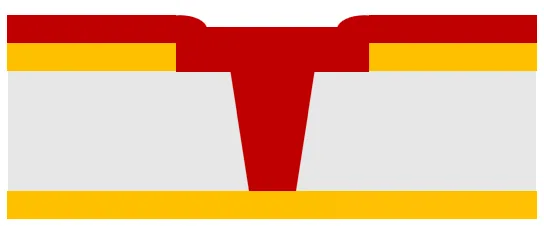
Conclusion: Forage au laser, Ushering in a New Era of PCB Manufacturing
As a revolutionary technology in the field of PCB manufacturing, laser drilling is gradually replacing traditional mechanical drilling due to its high precision, haute efficacité, et faible coût. With continuous technological advancements and increasingly widespread applications, laser drilling will play an even more important role in PCB manufacturing, ushering in a brand-new era.
 LOGO UGPCB
LOGO UGPCB

